Knowledge Graph Completion Algorithm Based on Probabilistic Fuzzy Information Aggregation and Natural Language Processing Technology
Abstract
1. Introduction
2. Method of Knowledge Graph Completion Based on Probabilistic Fuzzy Information Aggregation and Natural Language Processing Technology
2.1. Knowledge Graph Completion
2.2. Probabilistic Fuzzy Information Aggregation
2.2.1. Probabilistic Fuzzy Algorithm
2.2.2. Information Aggregation
2.3. Natural Language Processing Technology
3. Experiment of Knowledge Graph Completion
3.1. Background Introduction
3.2. Experimental Analysis
3.2.1. The Efficiency of Constructing EAG
3.2.2. Speedup Ratio of EAG
3.2.3. Effectiveness of Knowledge Graph Completion
3.3. Improvement Suggestions
4. Discussion
5. Conclusions
Author Contributions
Funding
Data Availability Statement
Conflicts of Interest
References
- Reyes, O.; Altalhi, A.H.; Ventura, S. Statistical Comparisons of Active Learning Strategies over Multiple Datasets. Knowl.-Based Syst. 2018, 145, 274–288. [Google Scholar] [CrossRef]
- Ji, K.; Hui, B.; Luo, G. Graph Attention Networks with Local Structure Awareness for Knowledge Graph Completion. IEEE Access 2020, 8, 224860–224870. [Google Scholar] [CrossRef]
- Bai, L.; Ma, X.; Zhang, M.; Yu, W. TPmod: A Tendency-Guided Prediction Model for Temporal Knowledge Graph Completion. ACM Trans. Knowl. Discov. Data 2021, 15, 1–17. [Google Scholar] [CrossRef]
- Che, F.; Zhang, D.; Tao, J.; Niu, M.; Zhao, B. ParamE: Regarding Neural Network Parameters as Relation Embeddings for Knowledge Graph Completion. In Proceedings of the AAAI Conference on Artificial Intelligence, New York, NY, USA, 7–12 February 2020; Volume 34, pp. 2774–2781. [Google Scholar]
- Zhang, Z.; Zhuang, F.; Zhu, H.; Shi, Z.; He, Q. Relational Graph Neural Network with Hierarchical Attention for Knowledge Graph Completion. In Proceedings of the AAAI Conference on Artificial Intelligence, New York, NY, USA, 7–12 February 2020; Volume 34, pp. 9612–9619. [Google Scholar]
- Yu, T.; Li, J.; Yu, Q.; Tian, Y.; Shun, X.; Xu, L.; Zhu, L.; Gao, H. Knowledge graph for TCM health preservation: Design, construction, and applications. Artif. Intell. Med. 2017, 77, 48–52. [Google Scholar] [CrossRef] [PubMed]
- Natthawut, K.; Ryutaro, I. An Automatic Knowledge Graph Creation Framework from Natural Language Text. IEICE Trans. Inf. Syst. 2018, 101, 90–98. [Google Scholar]
- Lin, Z.Q.; Xie, B.; Zou, Y.Z.; Zhao, J.F.; Li, X.D.; Wei, J.; Sun, H.-L.; Yin, G. Intelligent Development Environment and Software Knowledge Graph. J. Comput. Sci. Technol. 2017, 32, 242–249. [Google Scholar] [CrossRef]
- Jia, Y.; Wang, Y.; Jin, X.; Lin, H.; Cheng, X. Knowledge Graph Embedding: A Locally and Temporally Adaptive Translation-Based Approach. ACM Trans. Web 2017, 12, 1–33. [Google Scholar] [CrossRef]
- Wang, C.; Ma, X.; Chen, J.; Chen, J. Information extraction and knowledge graph construction from geoscience literature. Comput. Geosci. 2018, 112, 112–120. [Google Scholar] [CrossRef]
- Roh, J.S.; Jagvaral, B.; Lee, W.G.; Park, Y.T. Approach for Managing Multiple Class Membership in Knowledge Graph Completion Using Bi-LSTM. J. KIISE 2020, 47, 559–567. [Google Scholar] [CrossRef]
- Jagvaral, B.; Kim, M.S.; Park, Y.T. Path Embedding-Based Knowledge Graph Completion Approach. J. KIISE 2020, 47, 722–729. [Google Scholar] [CrossRef]
- Wang, S.; Zhijuan, D.U.; Meng, X. Research progress of large-scale knowledge graph completion technology. Sci. Sin. Inf. 2020, 50, 551–575. [Google Scholar]
- Wu, Y.; Zhu, D.; Liao, X.; Zhang, D.; Lin, K. Knowledge Graph Reasoning Based on Paths of Tensor Factorization. Moshi Shibie Yu Rengong Zhineng/Pattern Recognit. Artif. Intell. 2017, 30, 473–480. [Google Scholar]
- Zhang, C.; Miao, Z.; Xiao, H.; Zheng, H.; Yang, J. Knowledge graph embedding for hyper-relational data. Tsinghua Sci. Technol. 2017, 22, 185–197. [Google Scholar] [CrossRef]
- Danyang, L. Knowledge Graph Analysis of Mathematics Anxiety Research Based on CNKI and Web of Science Database. Adv. Psychol. 2021, 11, 352–359. [Google Scholar]
- Fan, T.; Song, S.; Li, H.; Bai, Y.; Chen, Y.; Cheng, B. Knowledge graph characteristics of sepsis research based on scientometric study. Zhonghua Wei Zhong Bing Ji Jiu Yi Xue 2021, 33, 433–437. [Google Scholar] [PubMed]
- Duan, Y.; Hou, L.; Leng, S. A novel cutting tool selection approach based on a metal cutting process knowledge graph. Int. J. Adv. Manuf. Technol. 2021, 112, 3201–3214. [Google Scholar] [CrossRef]
- Peng, Z.; Yu, H.; Jia, X. Path-based reasoning with K-nearest neighbor and position embedding for knowledge graph completion. J. Intell. Inf. Syst. 2022, 58, 513–533. [Google Scholar] [CrossRef]
- He, Y.; Xu, Z.; Jiang, W. Probabilistic Interval Reference Ordering Sets in Multi-Criteria Group Decision Making. Int. J. Uncertain. Fuzziness Knowl. Based Syst. 2017, 25, 189–212. [Google Scholar] [CrossRef]
- Nandan Challapalli, S.S.; Jaiswal, S.; Bahadur, P.S. Latest Advances of Natural Language Processing and their Applications in Everyday life. Int. J. Mod. Trends Sci. Technol. 2020, 6, 31–35. [Google Scholar]
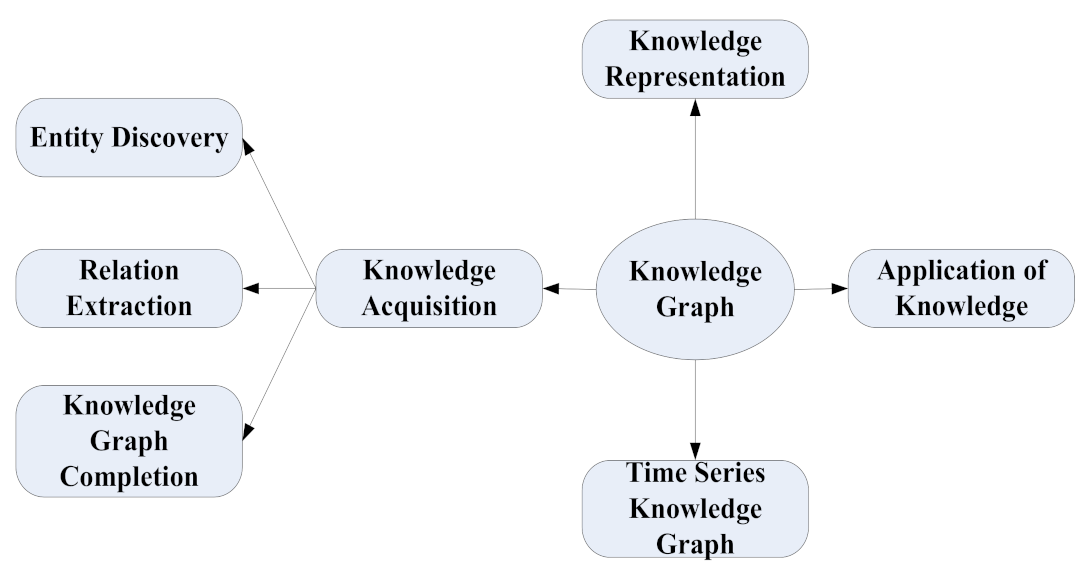
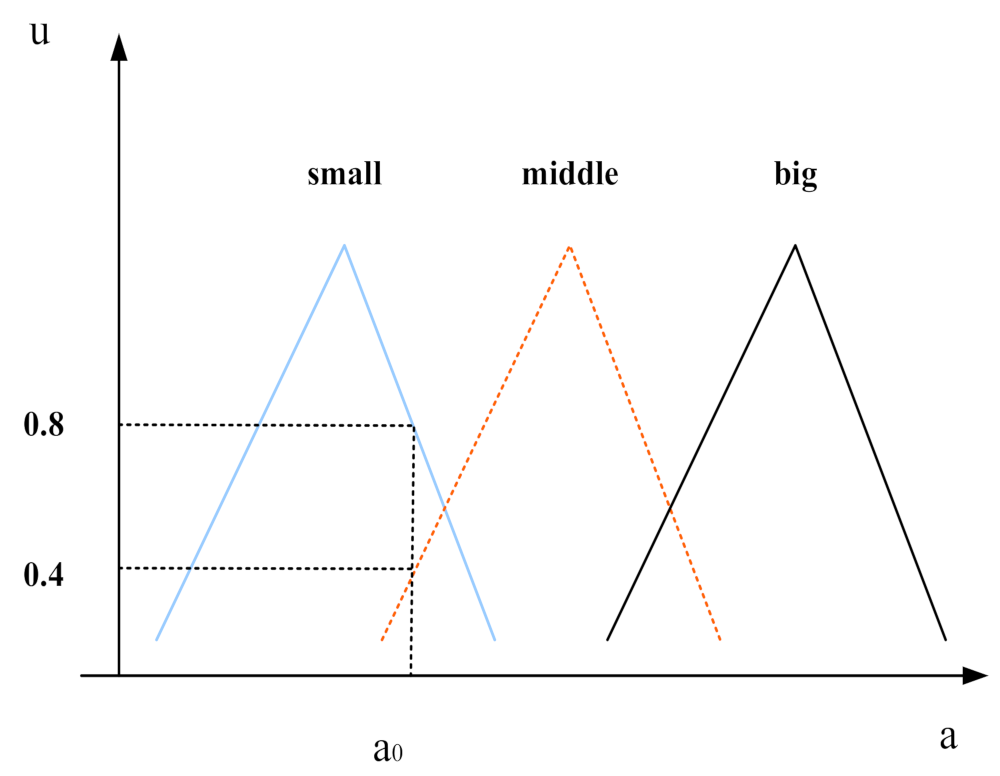
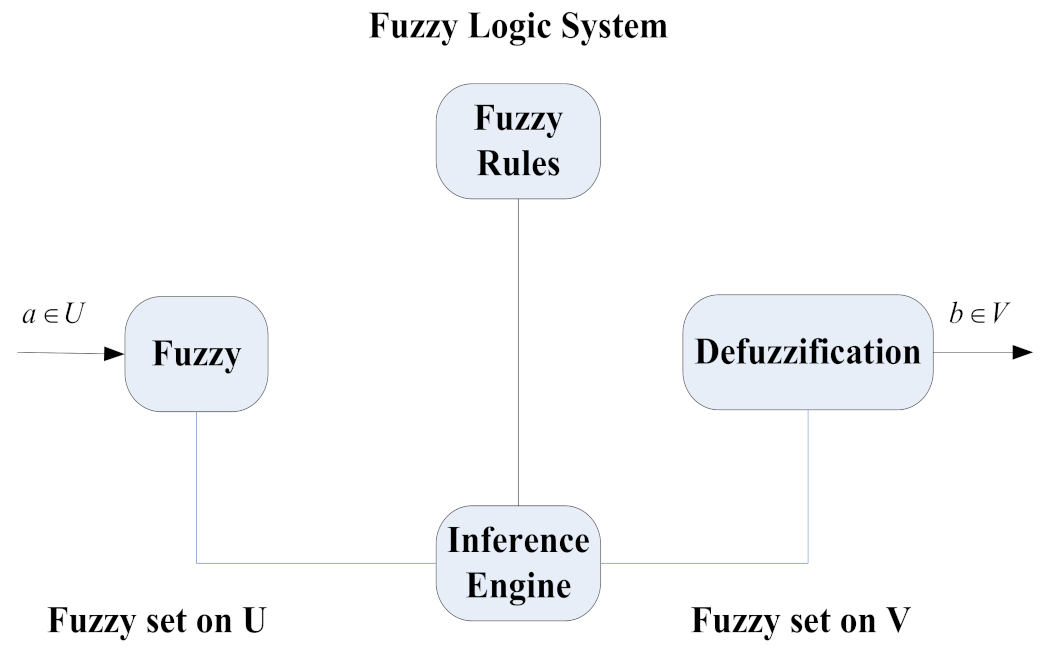
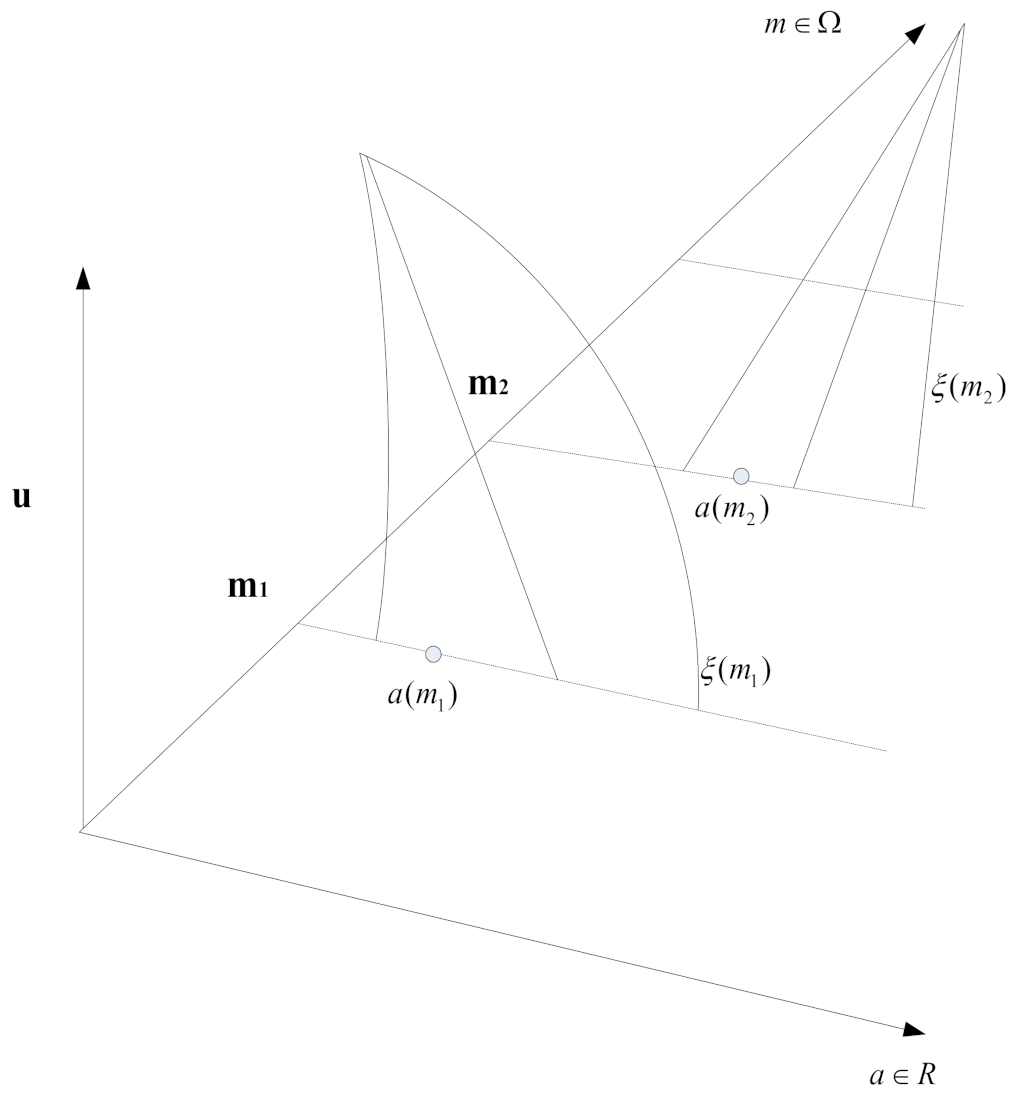
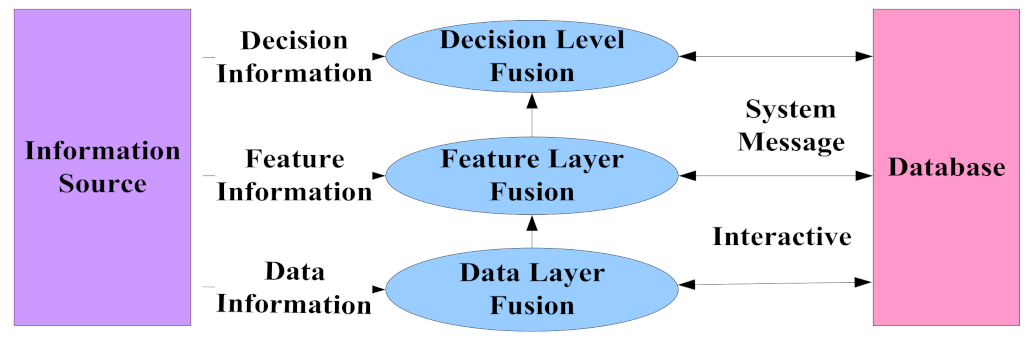
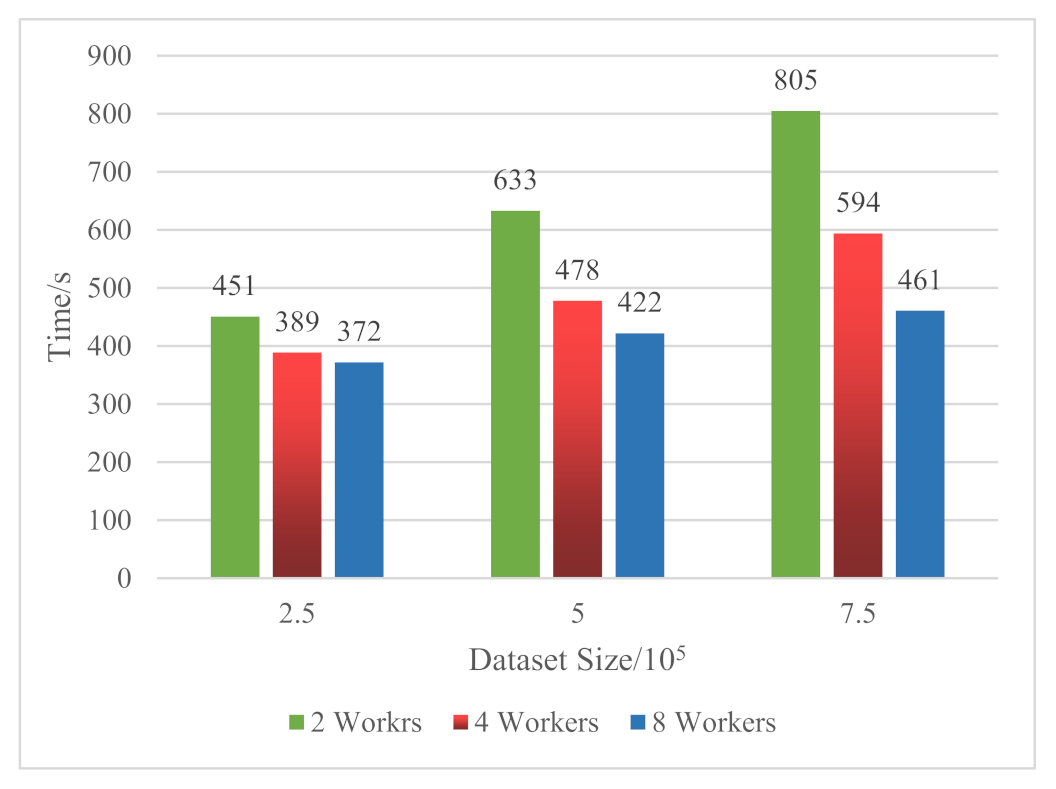

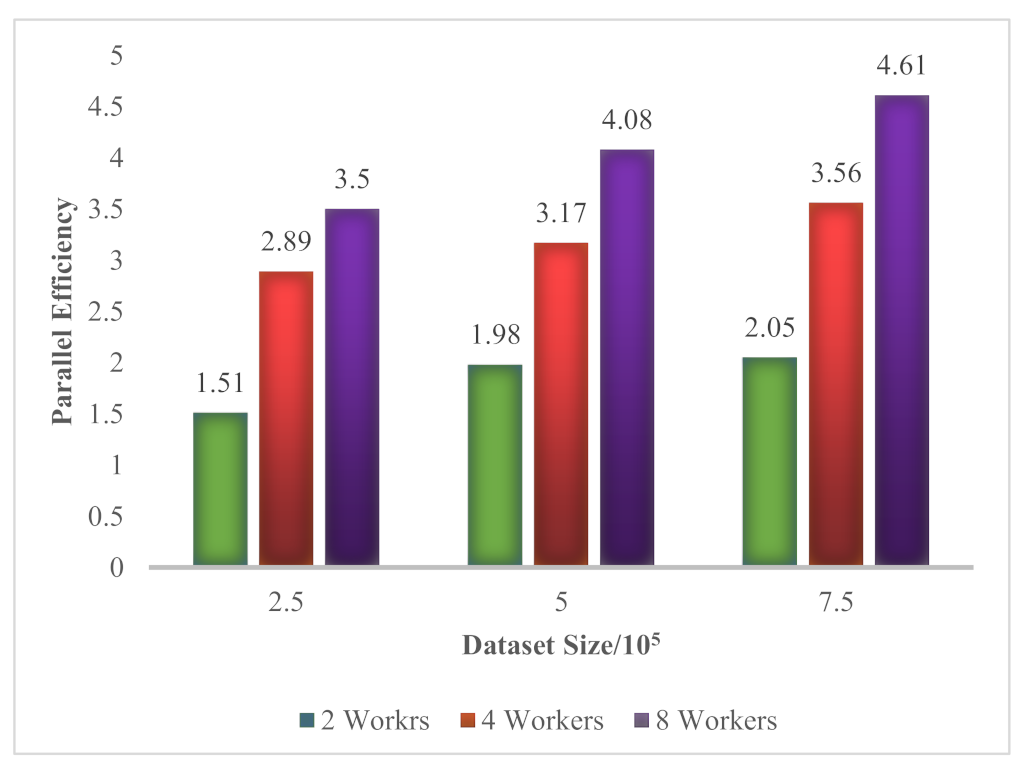
| Week | M.F. | M.F. | M.F. |
|---|---|---|---|
| 1 | X1 | 70 | 5 |
| 2 | X2 | 68 | 5 |
| 3 | X3 | 70 | 6 |
| 4 | X4 | 72 | 5 |
| Data Set Proportion | Threshold Value | Number of Entity Nodes | The Number of Entity Nodes in the Algorithm | Correct Rate |
|---|---|---|---|---|
| 10% | 0.56 | 102,576 | 67,701 | 0.66 |
| 20% | 0.54 | 140,218 | 93,946 | 0.67 |
| 30% | 0.56 | 185,146 | 125,899 | 0.68 |
| 40% | 0.51 | 224,514 | 154,915 | 0.69 |
| 50% | 0.52 | 272,103 | 190,473 | 0.70 |
Publisher’s Note: MDPI stays neutral with regard to jurisdictional claims in published maps and institutional affiliations. |
© 2022 by the authors. Licensee MDPI, Basel, Switzerland. This article is an open access article distributed under the terms and conditions of the Creative Commons Attribution (CC BY) license (https://creativecommons.org/licenses/by/4.0/).
Share and Cite
Zhang, C.; Lu, K. Knowledge Graph Completion Algorithm Based on Probabilistic Fuzzy Information Aggregation and Natural Language Processing Technology. Mathematics 2022, 10, 4578. https://doi.org/10.3390/math10234578
Zhang C, Lu K. Knowledge Graph Completion Algorithm Based on Probabilistic Fuzzy Information Aggregation and Natural Language Processing Technology. Mathematics. 2022; 10(23):4578. https://doi.org/10.3390/math10234578
Chicago/Turabian StyleZhang, Canlin, and Kai Lu. 2022. "Knowledge Graph Completion Algorithm Based on Probabilistic Fuzzy Information Aggregation and Natural Language Processing Technology" Mathematics 10, no. 23: 4578. https://doi.org/10.3390/math10234578
APA StyleZhang, C., & Lu, K. (2022). Knowledge Graph Completion Algorithm Based on Probabilistic Fuzzy Information Aggregation and Natural Language Processing Technology. Mathematics, 10(23), 4578. https://doi.org/10.3390/math10234578






